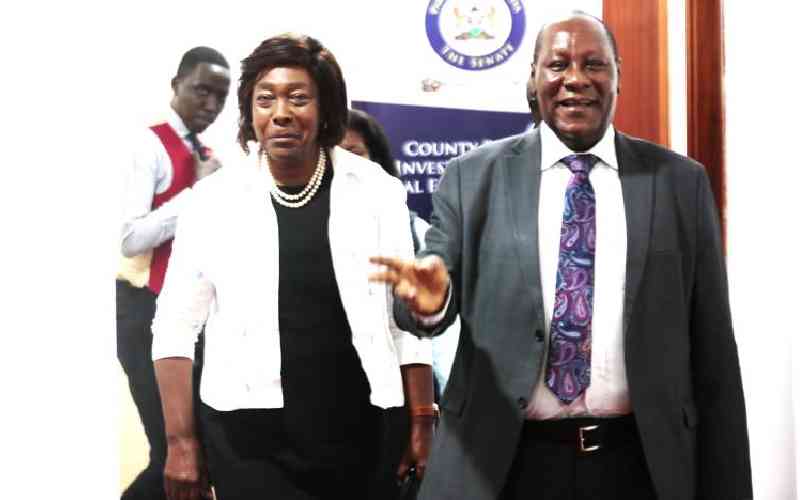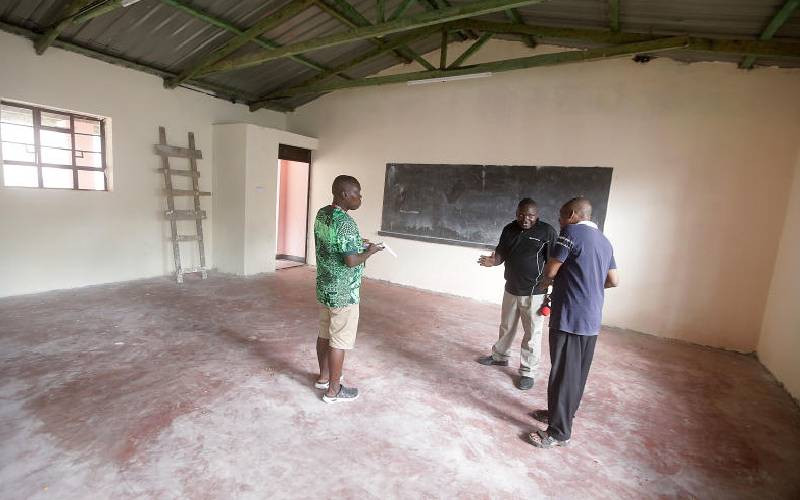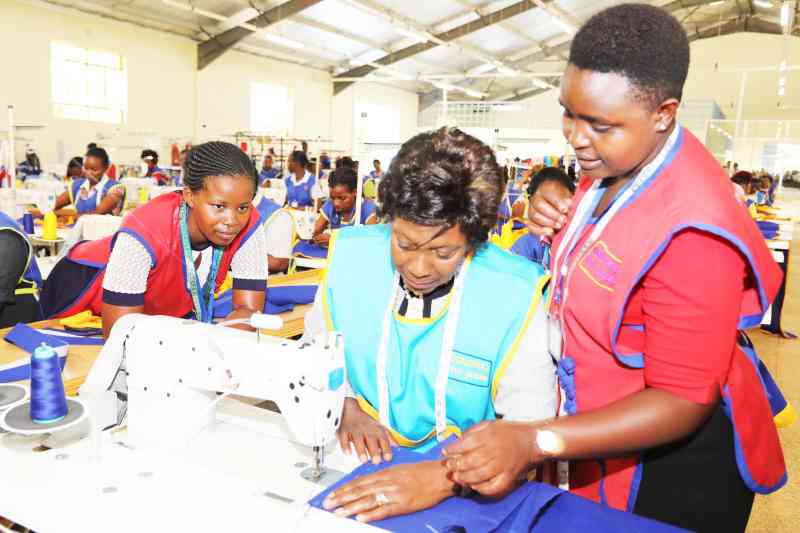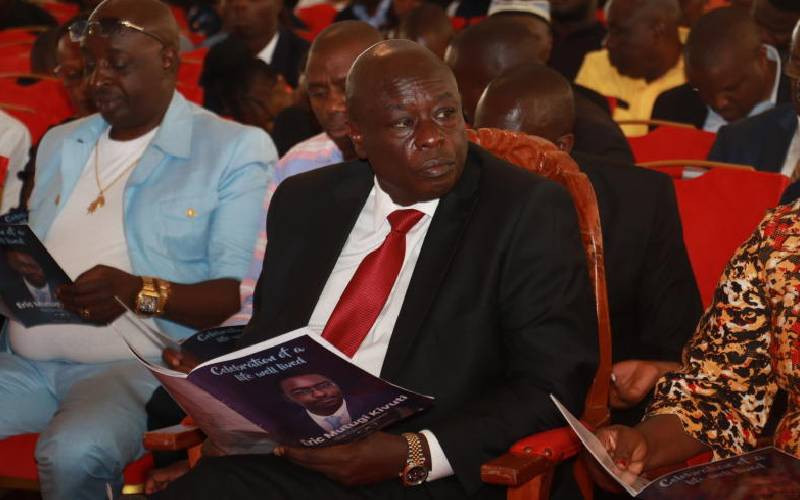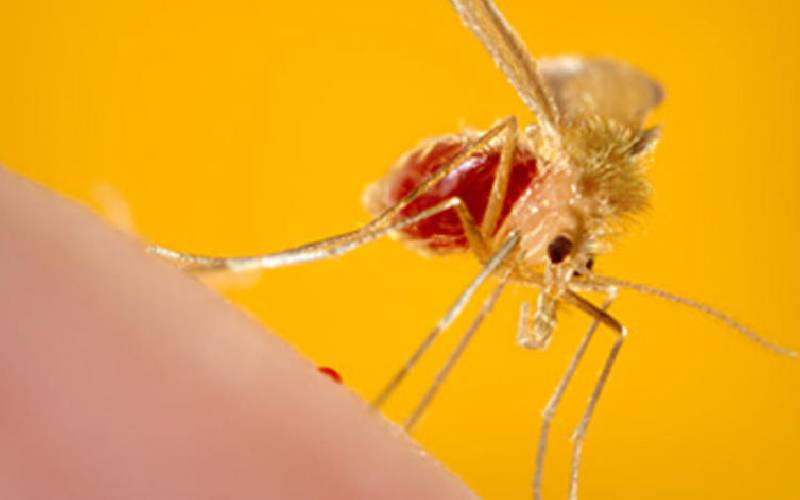By Lilian Aluanga-Delvaux
Two goats. That’s what it took to save the life of a young man in Nduvani, Kitui County, 12 years ago. It was a hot afternoon and Augustus Mbila, 26, was walking home after a day’s work on the farm. As he weaved his way through the dense shrubbery he felt what he thought was a thorn prick him just above his left ankle. But as Mbila bent to check his leg he saw a long, brown snake slither away. He was horrified to realise the ‘prick’ was the bite from a black mamba, or nguua, as it is known in the local Kamba dialect.
Having heard tales of how fast the snake’s venom can course through one’s body, Mbila panicked and started running. But he never made it home. He collapsed at a neighbour’s home, where a retired teacher, known by residents in the area for treating snakebites, was hurriedly summoned.
Numerous deaths
The black mamba, the longest venomous snake in Africa, is also known for its speed. Moving at about five metres a second, it is said to be the fastest snake in the world. It is capable of striking repeatedly and can do so from different directions.
For treatment to be successful it must be administered rapidly and vigorously, with massive amounts of anti-venom doses, sometimes up to 12 vials, required.
“Mbila was in bad shape by the time I arrived,” says Mr Peter Musyoka, recalling what was among the earlier cases he has handled. “He was unconscious and everyone thought he would die.” Musyoka wasted no time in administering hydrocortisone and adrenalin shots through the dying man’s thigh and arm. By this time Mbila’s throat was blocked, so he could barely swallow a solution of glucolised water that forms part of Musyoka’s treatment. “A snake’s venom is acidic and must, therefore, be neutralised by a base, say like hydrocortisone,” says Musyoka. “The adrenaline helps convert glycogen in the liver to glucose for better performance of the heart.
I administer glucolised water to the patient at the rate of one glass after every 10 minutes, and continue doing so until the patient passes urine. This is usually a sign that the body is now well saturated, lowering the risk of coagulation (clotting) of blood, which can lead to death.”
A few hours after starting treatment, Mbila was well enough to sit up, a sign that he would live to tell his story. For his trouble, Musyoka would earn two goats as payment from Mbila’s father. “Money isn’t always the issue because a patient may die while you are still haggling over pay,” says Musyoka. “But I usually charge two goats or an equivalent of Sh6,000, which can be paid in installments.
The retired teacher considers his charges modest, given that one would have to pay up to Sh2,000 for a vial of anti-venom in a hospital. In cases where the bite is from deadly snakes like the black mamba, a patient will need more than 10 vials, which places the cost way above the means of many.
Today, Mbila is a mathematics teacher at Mathuki Secondary school in Kitui County and a part time law student at the University of Nairobi. He points to a tiny scar on his leg that is testament to his experience and is adamant that he would have died were it not for Musyoka’s quick intervention.
Musyoka, who trained in physics, chemistry and mathematics at the Kenya Science Teachers College between 1975 and 1977, says years of research helped him learn how to treat snakebites. Such bites, he says, have caused death among locals who are either too poor to afford treatment at a health facility or too far to access one in good time.
Trained family
At his office in Mwingi town, Musyoka produces a list of dozens of cases he claims to have successfully treated from the deadly bites that are common in the area, from snakes like the black hacked and red spitting cobras, puff adder, green mamba and Egyptian cobra.
According to the records, his most recent patient, 32-year-old Syombua Kitonga, was treated in September 2012 from a black-necked spitting cobra bite in Katilini area.
Stay informed. Subscribe to our newsletter
Other patients are from Tseikuru, Migwani, Mwingi Central, Mui, Nuu and Kyuso areas. Musyoka, a retiree since 2004, says he has trained over 50 people in the management of snake bites, but says there is need to educate more.
Among his trainees are his wife, Martha Makau and three of his seven children. “It would be ideal to have more people equipped with this knowledge because lives need not be lost to snake bites,” he says.
He attributes most deaths associated with snakebites in the area to lack of adequate supplies of anti-venom in public health facilities, its prohibitive cost, and long distance one may sometimes have to travel to get to a hospital. But he is also aware that there are those that view his self-taught skills with skepticism. “Some people have called me a quack but I don’t mind because I know I have saved many lives with this treatment,” he says.
Among those that swear by Musyoka’s treatment is Ms Ruth Joshua, a 24-year-old woman who says he saved her life six years ago. On the day she was bitten, Joshua had been cleaning her house in Mathuki Location when a snake sheltering in the rafters attacked her.
“I felt a sharp pain in my hand as I was wiping the door frame then saw it (snake) slide down the roof,” she says. As other occupants of the homestead descended on the snake, Joshua was rushed to Mathuki Health Centre, but there was no doctor in sight.
Well aware of the fact that time was a crucial factor in determining whether she would live, Joshua was moved to the nearby Mui Dispensary. By now the effects of the venom were kicking in and Joshua was sweating and vomiting. “We bumped into Musyoka’s son and he told those that had brought me to rush me to their home for treatment,” she says. Hours later Joshua was well enough to go home.
 The Standard Group Plc is a
multi-media organization with investments in media platforms spanning newspaper
print operations, television, radio broadcasting, digital and online services. The
Standard Group is recognized as a leading multi-media house in Kenya with a key
influence in matters of national and international interest.
The Standard Group Plc is a
multi-media organization with investments in media platforms spanning newspaper
print operations, television, radio broadcasting, digital and online services. The
Standard Group is recognized as a leading multi-media house in Kenya with a key
influence in matters of national and international interest.
 The Standard Group Plc is a
multi-media organization with investments in media platforms spanning newspaper
print operations, television, radio broadcasting, digital and online services. The
Standard Group is recognized as a leading multi-media house in Kenya with a key
influence in matters of national and international interest.
The Standard Group Plc is a
multi-media organization with investments in media platforms spanning newspaper
print operations, television, radio broadcasting, digital and online services. The
Standard Group is recognized as a leading multi-media house in Kenya with a key
influence in matters of national and international interest.

